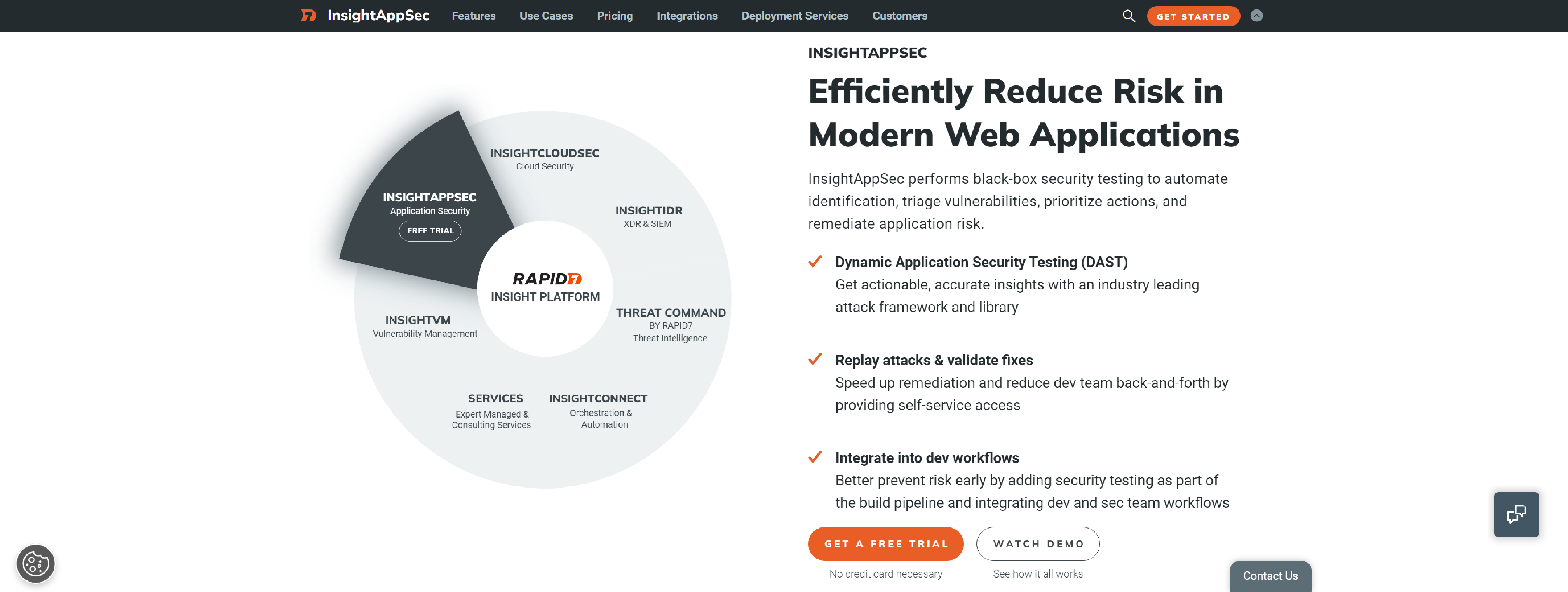Runtime Application Self-Protection (RASP) is a security technology that aims to protect applications at runtime. It is a proactive defense mechanism that is implemented within the runtime environment of an application to identify and prevent attacks in real-time. RASP can provide an additional layer of security on top of traditional application security measures, such as firewalls and intrusion detection systems.
The traditional approach to application security involves building security features into the application code and relying on external security controls. This approach can be effective in certain scenarios but has limitations. It relies on the assumption that the application code is free of vulnerabilities, which is not always the case. Moreover, external security controls may not be able to detect and prevent all types of attacks.
RASP, on the other hand, focuses on protecting the application itself by analyzing its behavior while it is running. It uses various techniques such as static and dynamic analysis, machine learning, and behavioral profiling to identify malicious activity in real-time. When an attack is detected, RASP can take immediate action to block or mitigate the threat, thereby minimizing the potential damage.
One of the key advantages of RASP is its ability to provide real-time protection. By analyzing the application’s behavior while it is running, RASP can detect attacks as they happen. This is in contrast to traditional security controls, which typically rely on static rules or signatures to identify known vulnerabilities or patterns of attacks. RASP can provide a faster and more accurate response to emerging threats.
Another advantage of RASP is its ability to provide granular protection. It can monitor and protect specific application components, such as individual functions or modules, rather than relying on a one-size-fits-all approach. This allows for more focused and efficient security measures, reducing the risk of false positives or negatives.
RASP can also help in reducing the surface area for attacks. By providing protection within the runtime environment, RASP can prevent attacks from reaching the underlying operating system or other shared resources. This can help in containing the impact of attacks and limit the potential for lateral movement within the application or the underlying infrastructure.
Furthermore, RASP can provide insights into the security posture of the application. By monitoring its behavior and analyzing the incoming requests, RASP can identify potential vulnerabilities or weaknesses in the application code. This information can be used to guide the development or improvement of secure coding practices, and help in identifying and remediating potential security issues.
However, there are also some limitations and challenges associated with RASP. One challenge is the potential impact on the performance of the application. RASP involves additional runtime overhead, as it needs to continuously monitor and analyze the application’s behavior. This can introduce some latency, especially in high-volume or performance-critical applications.
Another challenge is the potential for false positives. RASP relies on behavioral analysis to detect attacks, which can sometimes result in false alarms. This can lead to legitimate requests being denied or blocked, causing inconvenience to users or affecting the availability of the application.
Runtime Application Self-Protection is a proactive security technology that aims to protect applications at runtime. It provides real-time, granular, and focused security measures, helping in detecting and mitigating attacks as they happen. While it offers several advantages, such as enhanced protection, reduced attack surface, and insights into security posture, it also presents challenges like performance impact and the potential for false positives. Nevertheless, RASP complements traditional security measures and can significantly improve the security of applications in today’s evolving threat landscape.
Top 5 Runtime Application Self-Protection (RASP) Tools for Modern Applications
CONTRASTSECURITY

Contrast Protect provides production application and api protection, detecting and blocking run-time attacks on known and unknown code vulnerabilities.
- Continuous Security Observability from the Inside
- Embedded Runtime Application Self Protection Control (RASP Security)
- Simple Auto-Scaling and Security Portability
IMPERVA

Imperva provides complete cyber security by protecting what really matters most your data and applications whether on-premises or in the cloud.
- Zero-day protection
- Cloud native application protection
- Insider threat protection
RAPID7

Rapid7 web application security testing tool offers cloud-native application security analysis. Automatically crawl and assess web applications to identify vulnerabilities like SQL Injection, XSS, and CSRF.
- The Universal Translator
- 95+ Attack Types
- Attack Replay
- Powerful Reporting for Compliance and Remediation
- Cloud and On-Premises Scan Engines
- Scan Scheduling and Blackouts
SIGNALSCIENCES

Signal Sciences’ next-gen WAF and RASP to protect web applications, APIs and microservices.
- Multiple, easy installation options
- Compatibility
- Protects beyond OWASP Top 10
- Performance-focused protection that scales
VERIMATRIX

Verimatrix RASP solutions are easy to integrate and install with minimal dependencies, discover more on our Website.
- Easily Configurable with Zero Code Required
- Protect Hybrid Apps and Multiple Platforms
- No Impact on User Experience